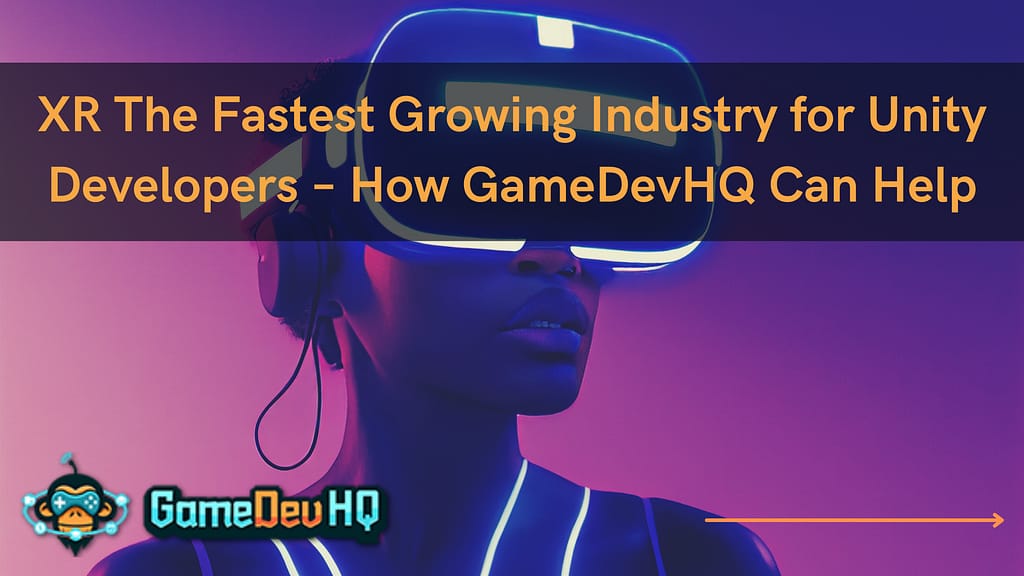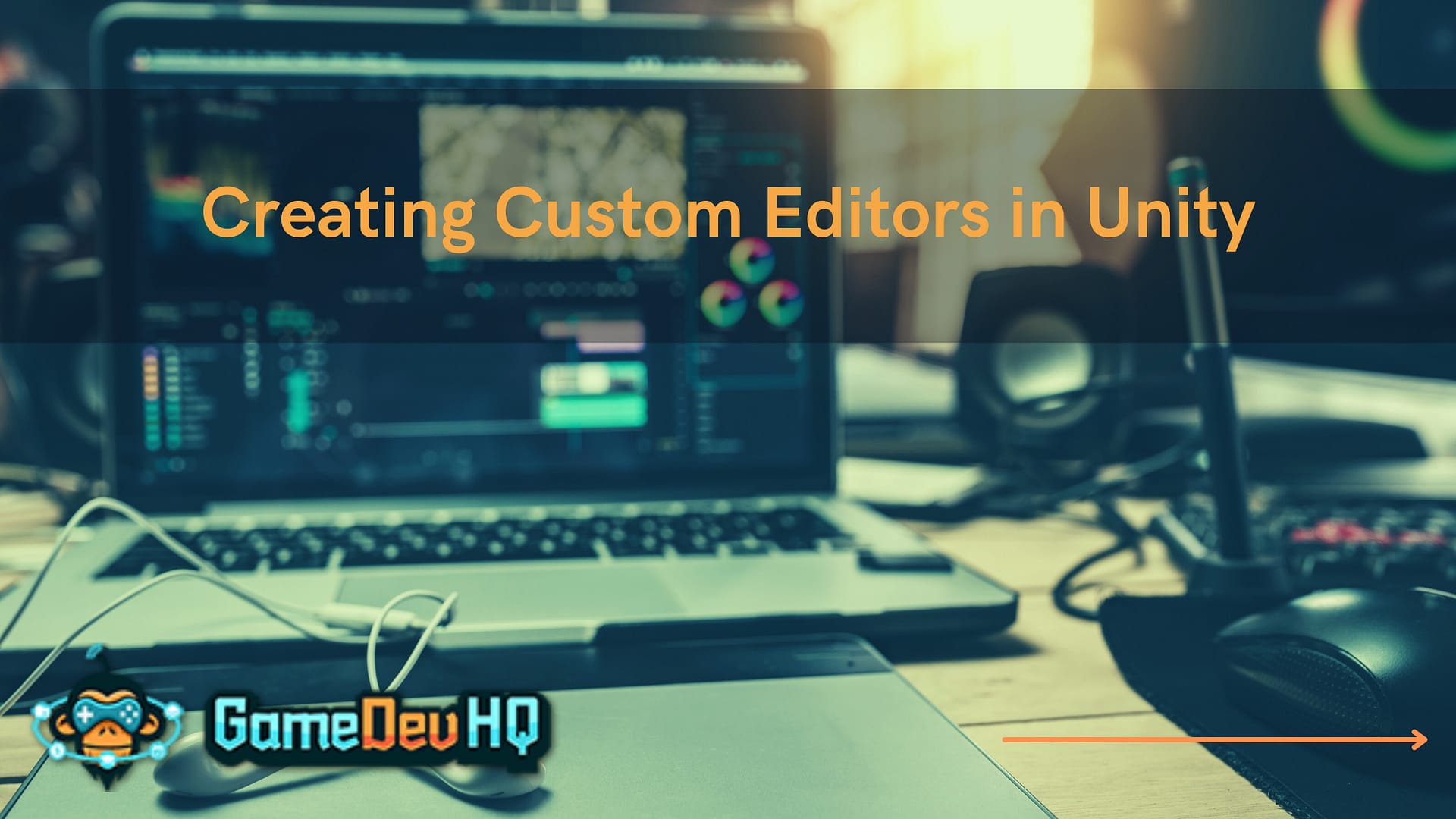XR is a term that refers to any immersive technology that extends reality beyond what we can see and hear. XR includes technologies such as Virtual Reality (VR), Augmented Reality (AR), and Mixed Reality (MR). XR is becoming an essential part of many industries, from entertainment to healthcare and education. According to a report by Statista, the XR market size was valued at $6.1 billion in 2016 and was expected to grow to $209 billion by 2022. This rapid growth has opened up a wealth of opportunities for Unity developers, who are becoming increasingly sought after. Unity, in particular, is a popular game engine used to develop a vast array of applications, including those in the XR sector.
So, why is Unity so popular for XR? Firstly, Unity provides a powerful, intuitive platform for developers to build XR applications. This includes the ability to quickly prototype games, create interactive experiences, and develop immersive simulations. Unity developers can create XR applications for various platforms, including Oculus, HTC Vive, Google Cardboard, and Microsoft HoloLens.
Secondly, Unity is one of the most popular game engines in the world, with a vast online community of developers and resources. This makes it easier for Unity developers to find help and support, as well as collaborate with others in the field.
Career Opportunities in XR Development:
The XR industry is growing at a rapid pace, and it is creating a huge demand for Unity developers who can build immersive experiences for XR platforms. Unity developers who specialize in XR development can expect a prosperous career with numerous opportunities in various industries. XR technologies are becoming an essential part of many industries, including gaming, entertainment, healthcare, and education.
Unity developers can build XR applications for various platforms, including VR headsets, AR glasses, and mobile devices. Those who specialize in XR development can work for companies such as Unity Technologies, Microsoft, Google, and Facebook.
According to data from Glassdoor, the average salary for XR developers using Unity ranges from $75,000 to $145,000 per year, with an average of $102,000 per year in the United States. However, salaries can vary based on factors such as experience, location, company size, and industry. For example, XR developers working in the gaming industry may earn higher salaries compared to those working in education or healthcare. Additionally, senior XR developers with more experience and leadership skills may earn higher salaries compared to entry-level or junior developers. Nonetheless, the XR industry is growing rapidly, and Unity developers who specialize in XR development can expect to earn competitive salaries and enjoy abundant career opportunities.
GameDevHQ’s Professional Unity Developers Program:
GameDevHQ’s Professional Unity Developers Program is designed to help aspiring Unity developers start their careers in the game development industry. This program provides a comprehensive curriculum that covers all the essential aspects of Unity development, including 2D and 3D game development, XR development, and multiplayer game development. The program is designed for both beginners and experienced developers who want to enhance their skills in Unity development and launch their careers as software engineers.
The program includes access to GameDevHQ’s learning platform, which provides a wide range of tutorials, videos, and projects paired with real-time coaching support. The program also includes mentorship from experienced Unity developers who can provide feedback and guidance on student projects. The mentorship program is an essential part of GameDevHQ’s Professional Unity Developers Program as it provides students with the opportunity to learn from experts in the field.
GameDevHQ’s Professional Unity Developers Program is a self-paced program, which means students can learn at their own pace and it is entirely online, which means students can access the program from anywhere in the world from any device, including desktops, laptops, tablets, and smartphones.







